Voters Get Closer Look At Harris

September 4, 2024
Permission to republish original opeds and cartoons granted.
With Concerns Over Her Flip-flopping and Lack of Leadership Some Voters are Rethinking a Harris Presidency
| 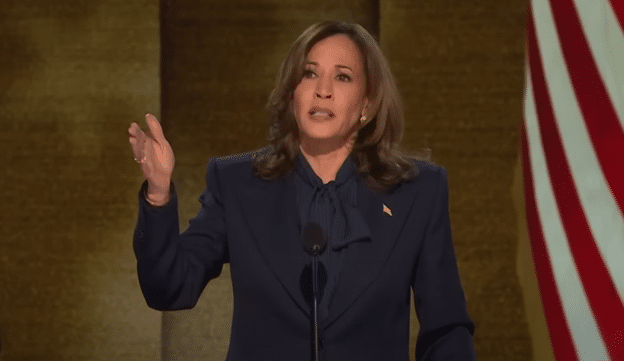
|
|
Surveys released from Trafalgar Group show Kamala Harris trailing former President Donald Trump in three key battleground states as well. The Trafalgar Group found Trump ahead of Harris by two points in Pennsylvania, 47 percent to 45 percent, and one point in Wisconsin, 47 percent to 46 percent. In Michigan, Trump is ahead by about half a percent, 47 percent to 46.6 percent. Harris is also suffering a significant issue with independent voters, a fact that cannot be ignored considering around 41 percent of the country currently identifies as independent, a much larger share than identify as Republican or Democrat. Why is enthusiasm for Harris starting to fizzle? Perhaps the reality of her candidacy is sinking in. In the weeks since the first presidential debate between Trump and President Joe Biden, Biden was in an extremely weak position. Virtually anyone would have been a stronger candidate than he was – which is exactly why he was unceremoniously replaced by Harris. Democrats crowed over their new candidate, quickly anointing Harris with the party’s nomination. However, the rest of the public remains skeptical. |
Job openings collapse to lowest level since 2021 in another sign of labor markets weakening
| 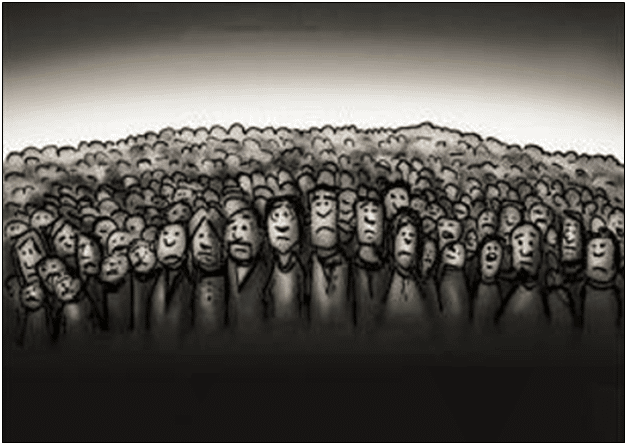
|
|
U.S. labor markets continued showing signs of weakening as job openings fell to 7.6 million in July, the lowest level since Feb. 2021. Job openings are now 4.6 million below their March 2022 high of 12.2 million, a more than 37 percent drop. This is what usually happens at the end of the business cycle after inflation peaks: hiring slows down and then the layoffs come as demand weakens. In previous cycles, from Jan. 2001 to July 2003, job openings plunged 43 percent. From March 2007 to July 2009, they fell 55 percent. And from Nov. 2018 to April 2020, they fell 39 percent. As the news came in, the spread between 10-year treasuries and 2-year treasuries temporarily normalized — the 10-year’s interest rate was greater than the 2-year’s — another sign that short-term growth expectations are dropping significantly. But it’s well above its July 2023 low of -1.06 percent. Usually during slowdowns and recessions, the yield curve uninverts at the same time unemployment is rising. Like clockwork, as the spread approached 0 percent, since Dec. 2022, unemployment has increased by 1.47 million. Which could be bad news for Harris and Democrats hoping to hold onto power this year. The more Americans think about the economy, the less they like what they’re seeing — and they’re right. |
With Concerns Over Her Flip-flopping and Lack of Leadership Some Voters are Rethinking a Harris Presidency

By Manzanita Miller
While the mainstream media, the Democratic Party elite and deep-pocketed Wall Street interests are doing everything they can to prop up Vice President Kamala Harris through Nov. 5, new data shows she might have reached her polling peak.
After six weeks of giddy excitement from Democrats, Harris’ campaign appears to be slowly losing steam, placing her neck and neck with Trump – or a few points behind him – in several new polls.
Her reluctance to talk to the press, and the word-salad interview she fed the public in the only recent interview she has agreed to, are not helping things. A majority of Americans do not see Harris as a strong leader according to new polls, and the core issues Americans are focused on – inflation, immigration, and jobs – are areas she has failed to provide solutions for in the Biden administration.
Polls are beginning to reflect this. The latest ActiVote poll places Harris ahead of Trump by just 1.6 points, 50.8 percent to 49.2 percent, well within the margin of error. This is a five-point decline for Harris compared to ActiVote’s poll from two weeks ago.
Surveys released from Trafalgar Group show Harris trailing former President Donald Trump in three key battleground states as well. The Trafalgar Group found Trump ahead of Harris by two points in Pennsylvania, 47 percent to 45 percent, and one point in Wisconsin, 47 percent to 46 percent. In Michigan, Trump is ahead by about half a percent, 47 percent to 46.6 percent.
Last week, Emerson College Polling showed a similarly tightening race in battleground states, with Trump and Harris neck-and-neck, and neither candidate securing a lead outside the margin of error. The polls found Harris leading Trump by one point in Georgia, one point in Nevada, and three points in Michigan. Trump led her by three points in Arizona, one point in North Carolina, and one point in Wisconsin.
Elsewhere, Harris is in trouble as well. A new poll from KSTP and SurveyUSA found her lead halving in Minnesota, the home state of her radical left-wing Vice Presidential pick Governor Tim Walz.
Harris is also suffering a significant issue with independent voters, a fact that cannot be ignored considering around 41 percent of the country currently identifies as independent, a much larger share than identify as Republican or Democrat.
Why is enthusiasm for Harris starting to fizzle? Perhaps the reality of her candidacy is sinking in. In the weeks since the first presidential debate between Trump and President Joe Biden, Biden was in an extremely weak position. Virtually anyone would have been a stronger candidate than he was – which is exactly why he was unceremoniously replaced by Harris.
Democrats crowed over their new candidate, quickly anointing Harris with the party’s nomination. However, the rest of the public remains skeptical. Polling continues to show a plurality of Americans are focused on the price of goods and fuel, with immigration and jobs coming in a close second and third.
The vast majority of the public – 23 percent – say inflation is their number one concern according to the latest YouGov survey. The next largest share – 13 percent – say immigration is their top concern and 12 percent say jobs and the economy are their top concerns.
Harris has attempted to court moderates and economically driven voters, but largely failed. She has been by Biden’s side as inflation has swallowed the country, and she has largely failed at stopping the tide of illegal immigrants from flooding our southern border. Yet these issues are top of mind for most voters.
A majority of Americans also believe Harris is a weak leader overall. According to the latest YouGov survey, the largest share of the public – 38 percent – she Harris is a very weak leader. Only 24 percent say she is a very strong leader, while 25 percent say she is somewhat strong, and 13 percent say she is somewhat weak.
The cross tabs for this question are alarming, with a full 41 percent of independents saying Harris is a very weak leader, compared to only 13 percent who say she is a very strong one. Moderates agree, with 30 percent of moderates saying Harris is a very weak leader compared to 23 percent who say she is a very strong one.
Another reason Harris is in trouble is her opportunistic flip-flopping since she ran as a radical against Joe Biden in the Democratic primaries in 2020. Harris is now attempting to rewrite herself as a champion of the working-class, distancing herself from her former economically crushing stances on the environment and immigration.
In one of the few interviews Harris has been willing to conduct with the press since becoming the Democratic nominee, Harris had difficulty explaining her position changes when lightly pressed by CNN’s Dana Bash.
When pressed by Dana about her support of a fracking ban in 2019, Harris dodged the fact that she had originally stated she supported a ban and said she would not support a fracking ban now. She also failed to clarify her intentions for addressing inflation, and did not clarify how she would secure the border.
This uncertainty does not bolster confidence, and according to a recent YouGov survey, Americans say Harris has not communicated her position changes “at all effectively”, saying so by a margin of ten points.
Harris claimed in the interview that her “values have not changed”, which leaves the question, if her values haven’t changed but her policies have, is she simply seizing upon positions she thinks will win her moderates only to revert back to radical positions once she is president?
Manzanita Miller is the senior political analyst at Americans for Limited Government Foundation.
To view online: https://dailytorch.com/2024/09/with-concerns-over-her-flip-flopping-and-lack-of-leadership-some-voters-are-rethinking-a-harris-presidency/
Cartoon: New Way Backwards
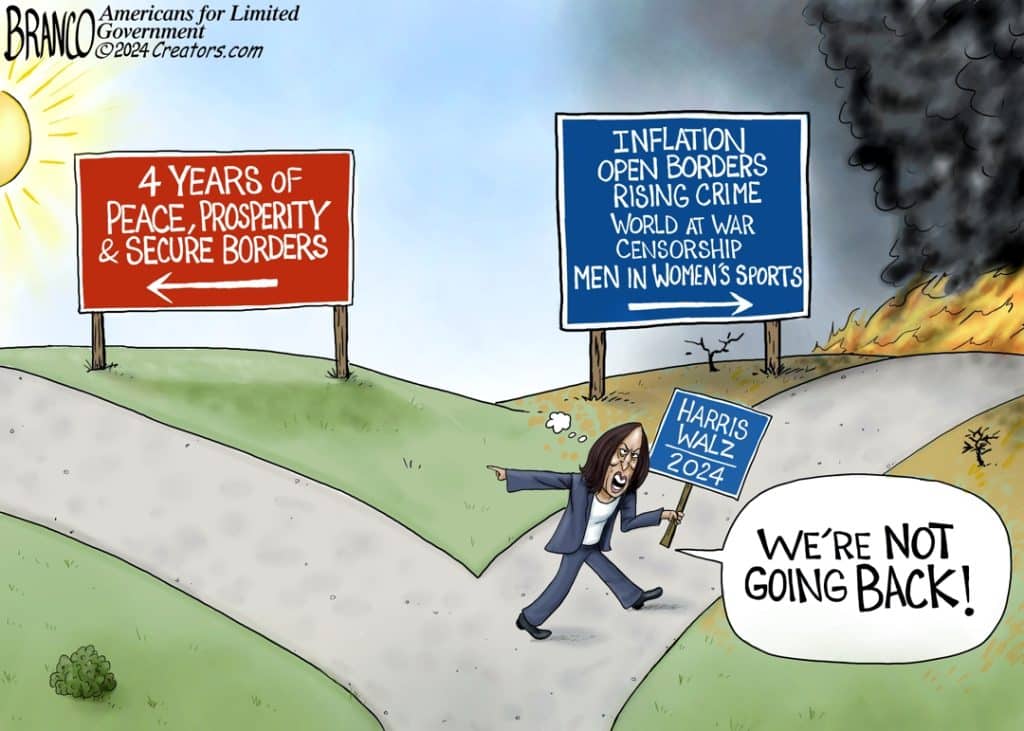
By A.F. Branco
Click here for a higher level resolution version.
To view online: https://dailytorch.com/2024/09/cartoon-new-way-backwards/
Job openings collapse to lowest level since 2021 in another sign of labor markets weakening
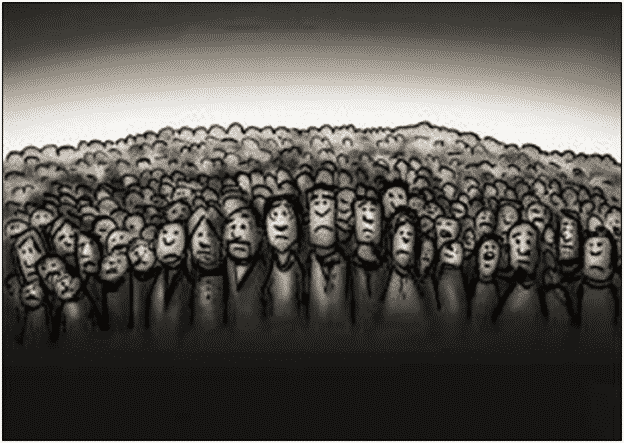
By Robert Romano
U.S. labor markets continued showing signs of weakening as job openings fell to 7.6 million in July, the lowest level since Feb. 2021. Job openings are now 4.6 million below their March 2022 high of 12.2 million, a more than 37 percent drop.
This is what usually happens at the end of the business cycle after inflation peaks: hiring slows down and then the layoffs come as demand weakens.
In previous cycles, from Jan. 2001 to July 2003, job openings plunged 43 percent. From March 2007 to July 2009, they fell 55 percent. And from Nov. 2018 to April 2020, they fell 39 percent.
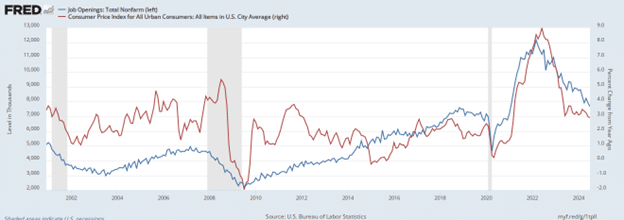
As the news came in, the spread between 10-year treasuries and 2-year treasuries temporarily normalized—the 10-year’s interest rate was greater than the 2-year’s—another sign that short-term growth expectations are dropping significantly.
But it’s well above its July 2023 low of -1.06 percent.
Usually during slowdowns and recessions, the yield curve uninverts at the same time unemployment is rising. Like clockwork, as the spread approached 0 percent, since Dec. 2022, unemployment has increased by 1.47 million. And in the household survey, employment peaked in Nov. 2023 at 161.86 million and was down 600,000 to 161.26 million in July.
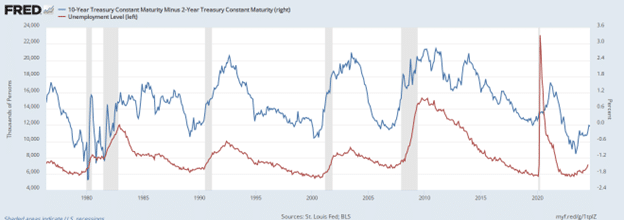
And that’s when the Federal Reserve usually cuts interest rates to provide support for the U.S. economy, the odds of which are increasing at the Fed’s meetings later this month. The central bank doesn’t do that when the economy’s roaring, it does it when it’s weakening.
The bad new came atop another weak Institute for Supply Management (ISM) manufacturing survey that found most firms were contracting at the moment. Because demand is weak.
Oil briefly dropped below $70 per barrel in trading today. And the futures have it even lower, including $68.35 by Jan. 2025 and $67.14 by July 2025. Because demand is weak.
So, the real question is not whether the economy is weakening — it is — it’s what, if anything, Vice President Kamala Harris and former President Donald Trump say they would do about it.
In the latest Wall Street Journal poll taken Aug. 24 to Aug. 28, 29 percent of voters said the economy was the most important issue in the campaign, up from 16 percent who said the same in July. As labor markets cool and the American people notice volatility on Wall Street, they are paying attention more.
And among all voters, Trump was favored by 8 points over Harris on handling the economy 51 percent to 43 percent, and by 5 points on inflation, 48 percent to 43 percent.
Which could be bad news for Harris and Democrats hoping to hold onto power this year. The more Americans think about the economy, the less they like what they’re seeing — and they’re right.
Robert Romano is the Vice President of Public Policy at Americans for Limited Government Foundation.
The Fight for Freedom: Exposing Kamala Harris's Agenda
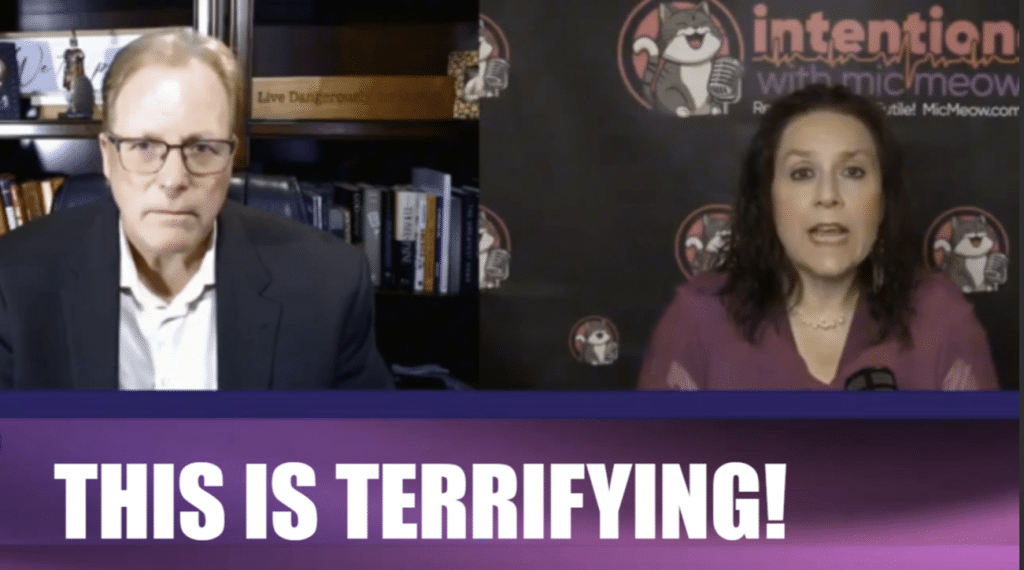
Watch Video: https://youtu.be/pv4KVwRPaCc
